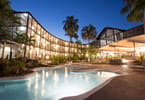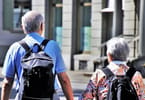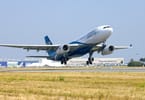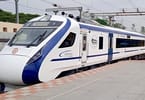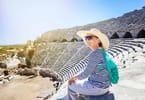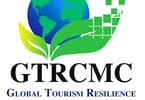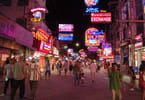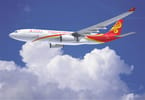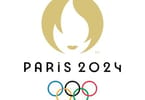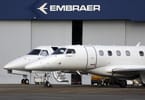WASHINGTON – There are three things that are all but certain during the winter high-travel season: family gatherings, plenty of food, and strict security at the nation’s airports.
To improve the safety of passengers, the federal government has introduced advanced imaging technology at some of the country’s airports. These are machines designed to screen people for weapons, explosives, or other items that might present a security risk.
Here is some information to help you learn more about how this technology works, as well as tips to help you prepare for the busiest travel season of the year.
How Advanced Imaging Technology Works
The Transportation Security Administration (TSA) has installed two types of body scanners with advanced imaging technology at dozens of airports across the country. These scanners are:
Millimeter Wave Unit: This machine uses electromagnetic waves to create a black-and-white, three-dimensional image of the passenger
Backscatter Unit: This machine emits x-rays to create a reflection of the passenger’s body
Advanced imaging technology is optional, although 99% of passengers prefer this type of screening, according to the TSA. Passengers who do not want to go through these machines can opt for a pat-down inspection by an official.
Measures to Protect the Privacy of Passengers
The officer who is assisting the traveler never sees the images produced by these machines. Instead, these images are sent to a separate room where they are evaluated. The officer helping the traveler will then receive the results of the scan via a wireless headset.
To protect the privacy of passengers:
Faces of passengers subjected to the Millimeter Wave Unit are blurred. The Backscatter Unit blurs or modifies the entire image to preserve the anonymity of the passenger
These machines cannot store, print, transmit or save images
TSA officials are prohibited from entering the room where images are inspected with electronic devices such as cameras, camcorders, or cell phones
Advanced Imaging Technology Is Safe
The technology used by these machines is safe for all passengers, including children, pregnant women and people with medical implants. To compare it to other situations where individuals are exposed to radiation, TSA notes that:
The energy generated by The Millimeter Wave Unit is thousands of times less than a cellular phone transmission
The Backscatter Unit emits a level of radiation equivalent of two minutes of flight on an airplane
Tips For Going through Airport Security
Body scanners are designed to detect metallic and non-metallic items that a person might have hidden under his or her clothes. To move quickly through the airport security checkpoint and to avoid leaving items behind:
Remove accessories such as wallets, belts, jewelry, keys, and cellular phones from your pocket
Place these and other items in your carry-on bag before entering the security checkpoint
Airports with Advanced Imaging Technology offer more information on site. You can also visit TSA.gov for more information.
USA.gov and GobiernoUSA.gov are the U.S. Government’s official web portals in English and Spanish, and part of the U.S. General Services Administration (GSA).
WHAT TO TAKE AWAY FROM THIS ARTICLE:
- The Backscatter Unit emits a level of radiation equivalent of two minutes of flight on an airplane .
- Here is some information to help you learn more about how this technology works, as well as tips to help you prepare for the busiest travel season of the year.
- The Backscatter Unit blurs or modifies the entire image to preserve the anonymity of the passenger.



